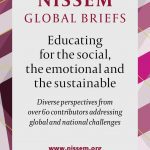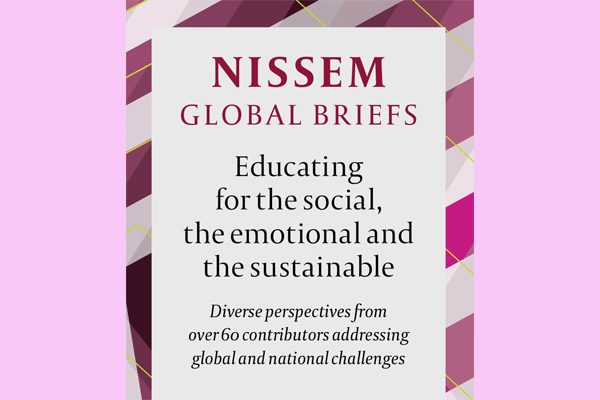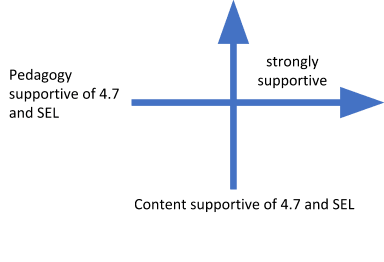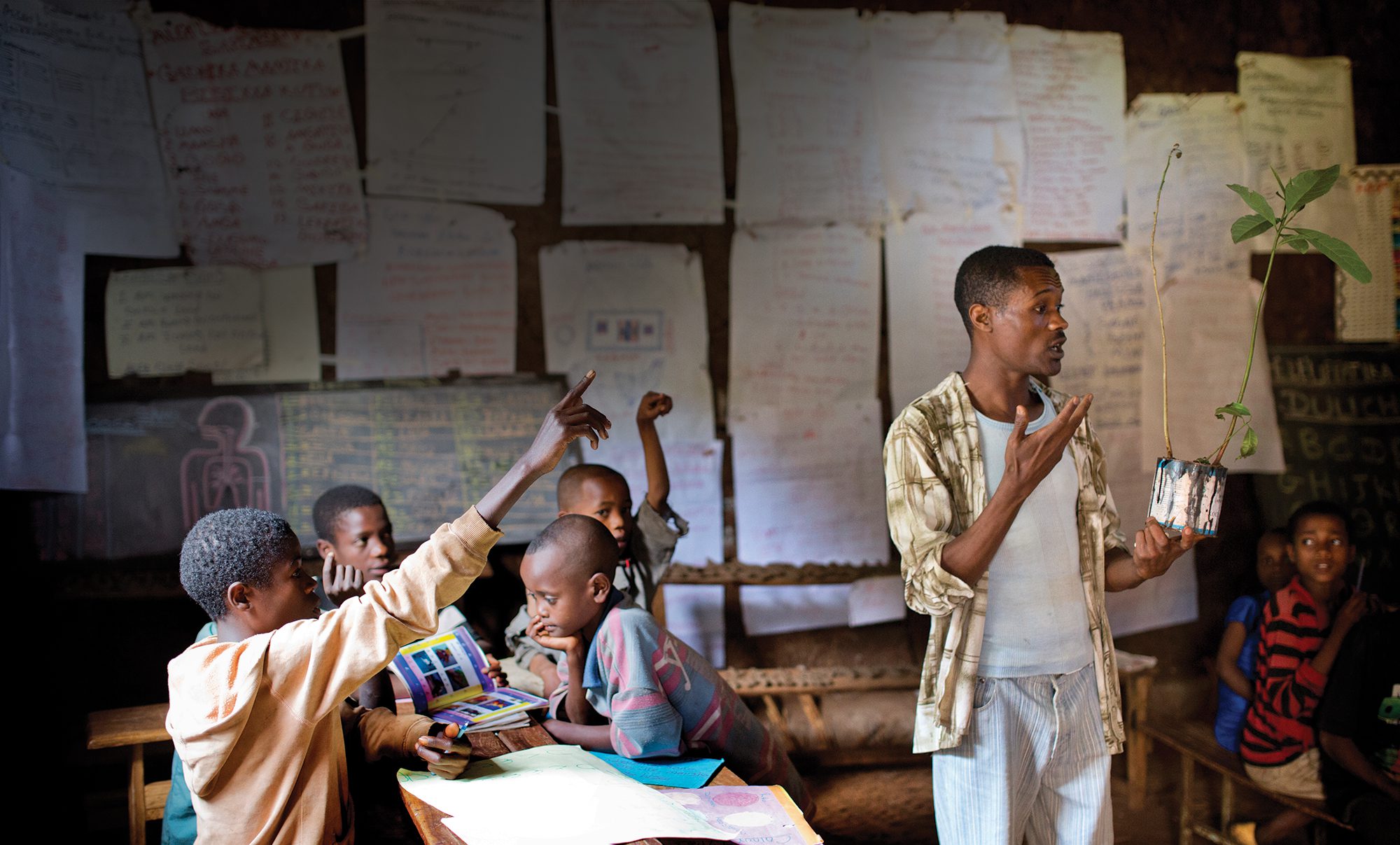This blog was written by Andy Smart, education and publishing consultant, and Margaret Sinclair, consultant on education and emergencies and conflict-sensitive policies. The authors will launch the NISSEM Global Briefs at the symposium ‘From Divisive Stereotypes to Inclusive Identities: the Role of Textbooks and Educational Media’ on 18 September at the UKFIET conference on inclusive education systems.
 NISSEM is launching a major publication at the 2019 UKFIET conference. Global Briefs: Education for the social, the emotional and the sustainable is an open access volume addressing issues of social and emotional learning (SEL) and SEL-supportive pedagogy, and their application in support of UN SDG Target 4.7. With 42 up-to-the-minute briefs by practitioners and academics, plus overviews by the editors, this is a unique and timely addition to a growing literature and will be a reference for years to come.
NISSEM is launching a major publication at the 2019 UKFIET conference. Global Briefs: Education for the social, the emotional and the sustainable is an open access volume addressing issues of social and emotional learning (SEL) and SEL-supportive pedagogy, and their application in support of UN SDG Target 4.7. With 42 up-to-the-minute briefs by practitioners and academics, plus overviews by the editors, this is a unique and timely addition to a growing literature and will be a reference for years to come.
NISSEM believes that textbooks – whether printed or digital – will remain a policy lever with an influential role in classrooms of formal and non-formal education and that governments can more effectively integrate SEL and 4.7 themes within the curriculum and textbooks, rather than relying on supplementary interventions.
Although significant improvements are possible, we do not overestimate what textbooks can achieve. A textbook is only a resource – if and when it is sufficiently available – and is only as good as the teacher using it. A textbook may be well written and accurate but it needs to be appropriate for the class and support good teaching, rather than placing obstacles in the way. Due to the barriers created by poorly written textbooks, teaching and learning in many primary schools in low- and middle-income countries can be described as neither teacher-centred nor learner-centred, but textbook-centred.
Instead of being a barrier to learning, textbooks can aid learning by:
- following a well-planned sequence of content, building on big, engaging ideas
- integrating social and emotional with cognitive aspects of learning
Instead of being a barrier to teaching, textbooks can aid teaching by:
- means of structured pedagogy appropriate to the teacher, subject and level of learners (not scripted lessons)
- employing pedagogy that engages learners’ emotional response while being practical for large class sizes and limited resources
- in the depth, rather than breadth, of the subject treatment, allowing enough time and support to provide formative support to students
Instead of being a barrier to social equity, textbooks can improve social equity by:
- supporting teaching at the right level of language and content
Instead of reinforcing stereotypes, textbooks can tackle stereotypes through:
- positive representation of gender and minorities and through appropriate perspective-taking.
NISSEM proposes to improve the content and pedagogy in textbooks in line with Target 4.7 themes and values that recognise and respect diversity, and through pro-social pedagogy, particularly in basic education.
The aim for textbooks writers as well as curriculum developers should be to move curriculum and learning materials to the top right quadrant of this diagram – the strong–strong quadrant.
To ensure coherence, this model can be carried through the analysis of the curriculum framework, the subject syllabus, and the textbooks.
NISSEM Global Briefs discuss cultural differences, barriers to reform, negative stereotyping, textbook renewal to include SEL and 4.7 themes, reading materials with in-built SEL, measurement, and strategy.
Perhaps start by reading the brief, ‘What is the secret sauce?’ by Rana Dajani!






